UK solar and energy storage: Market enters new phase
The British Photovoltaic Association (BPVA) recently published a report titled
Solar and Storage: Study of the Market Potential for Energy Storage in the UK Residential PV Sector. The focus on the residential sector is justified due to the huge success of the U.K.'s feed-in tariff (FIT) scheme, the BPVA says.
According to the latest statistics published by the Department of Energy and Climate Change (DECC), since the introduction of the FIT scheme in 2010, the U.K. has installed 3.167 GW of solar PV. An additional 3.630 GW of photovoltaics has been installed via the Renewables Obligation Scheme, while 1.027 GW of solar PV installations are not yet accredited, the DECC reported at the end of October.
BPVA’s report examines the status of energy storage in the U.K. PV market supply chain by means of surveying PV installers and interviewing component distributors on current levels of demand and their plans for the future. Contrary to Germany, the U.S., Japan and other countries where the components of a PV system are often manufactured locally, the U.K. imports it all, says the BPVA, making installers and distributors the key links in the U.K. value chain.
The timing of the report's publication couldn't be more successful following the U.K. government's proposal in August to drastically reduce FITs by as much as 87%. Moreover, last week, the U.K. power grid faced an unprecedented test when power generation expectations did not meet the demand requirements sending the wholesale electricity prices escalating. The National Grid, which owns and maintains the high-voltage electricity transmission network in England and Wales and balances supply with demand on a minute-by-minute basis, was forced to pay £2,500 per megawatt hour to Severn Power for releasing emergency supplies via its gas station. The common rate in such cases is around £60. The National Grid also urged large power consumers, such as factories and hospitals, to go offline by switching to back-up diesel generators.
Likely affecting the BPVA study’s current outlook was its timing: Many of the surveyed installers and distributors had provided their answers before the proposal of the FITs cuts by the DECC. Nevertheless, the study offers a good review of the critical role energy storage plays in the transformation and survival of the U.K. PV market.
The emerging UK PV and storage market
BPVA’s report suggests that through the tapering of the FITs, the U.K. residential PV market is currently in a transitional phase. Where before the anticipated FITs cuts, the main motivation to install PV was to make money, the new drivers to install PV is to satisfy electricity needs as well as financial security from the exposure to electricity price fluctuation.
U.K. retail electricity rates are not as high as in Germany, where the market for energy storage is growing, the BPVA notes. However, consumer confidence in the U.K.’s “Big Six"utilities (British Gas, E.ON, EDF, Scottish Power, Southern Energy and Npower) “is at all-time low, as profits of these firms have increased tenfold, between 2007-13, while consumers across the U.K. have faced bigger bills,” the report says.
A crucial question that the BPVA report attempts to answer concerns the payback period for solar PV and energy storage systems. This depends on many variables such the price of the
PV system, the storage technology cost, the installation costs, the existence and size of the FITs and whether the customer uses other energy management devices. Under
the emerging business model, customers will need to optimize their entire systems so that they satisfy their purpose, which is to provide energy autonomy. Often this would require a smaller PV array combined with similar size battery and energy monitoring devices, and the cost of all these components affects the overall payback timeframe.
Assuming the total cost of a 3.5 kW PV and 4 kWh battery system in 2016 is £8250, the BPVA report has developed three payback scenarios. Under the first scenario, the FIT is £0.0163 per kWh, which is the DECC’s proposal, and electricity retail rates rise to 2030 in alignment with DECC’s low forecast. In this case, the payback period is under 15 years.
Similarly, the second scenario assumes the same FIT but a retail electricity price in 2030 that aligns with DECC’s medium forecast. The third scenario also assumes the suggested FIT by DECC and a retail electricity price to 2030 that aligns with DECC’s high forecast. Payback periods in the second and third scenarios are under 14 and 12 years, respectively.
These three scenarios justify an installer’s response to the BPVA survey. “Like
solar PV before the FIT subsidies were introduced, energy storage systems are being taken up by adventurous early adopters who tend to be technology savvy and can afford these systems and the payback times.”
The majority of the installers appear to understand the transition of the
U.K. PV market to one that offers the PV array as part of a larger system. While the survey found that only about 30% of installers presently offer energy storage solutions with inverters, 40% of installers plan to do so within one year. The majority of the surveyed installers also confirm that energy storage solutions attract more new system owners than retrofitting them to old installations. However, most of them express the need for more independent information and appear keen to learn more about storage solutions. Payback timeframes is a major concern for all installers and the BPVA notes that even a single payment handout to storage system buyers from the state would boost the market.
Grid balancing fees for storage installations
The report points out that a number of small home battery systems can be aggregated to act as a single grid resource, enabling these systems to offer grid-balancing services. The primary function of a residential energy storage system is naturally to optimize the household’s self-consumption. However, should the policy enable power distribution networks to develop incentives and offer payments to aggregated battery systems for balancing services, this could generate further income for storage owners attracting investment in this market segment. And although the BPVA report was published earlier than last week’s incident at the power grid, it shows that the U.K. economy would benefit more from energy storage than from asking large power consumers to switch on polluting diesel generators.
The BPVA study will be updated twice a year to report on the latest
PV and energy storage updates.
The Energy Storage Update Europe Forum, which takes place in London Nov. 30 - Dec. 1, will discuss the latest developments in European energy storage policies and opportunities. pv magazine will be on hand to report on it.
Access to more about Landpower Solar Panel Mounting: Solar Mounting Systems, Solar Racking, Solar Hardware, PV Mounting, Ground mounting Systems, Solar Mounting System Manufacturers,Solar Mounting,ballasted solar mounting,solar mounting japan, Solar mounting china, solar ground mounting,solar ballasted mounting,solar mounting structure

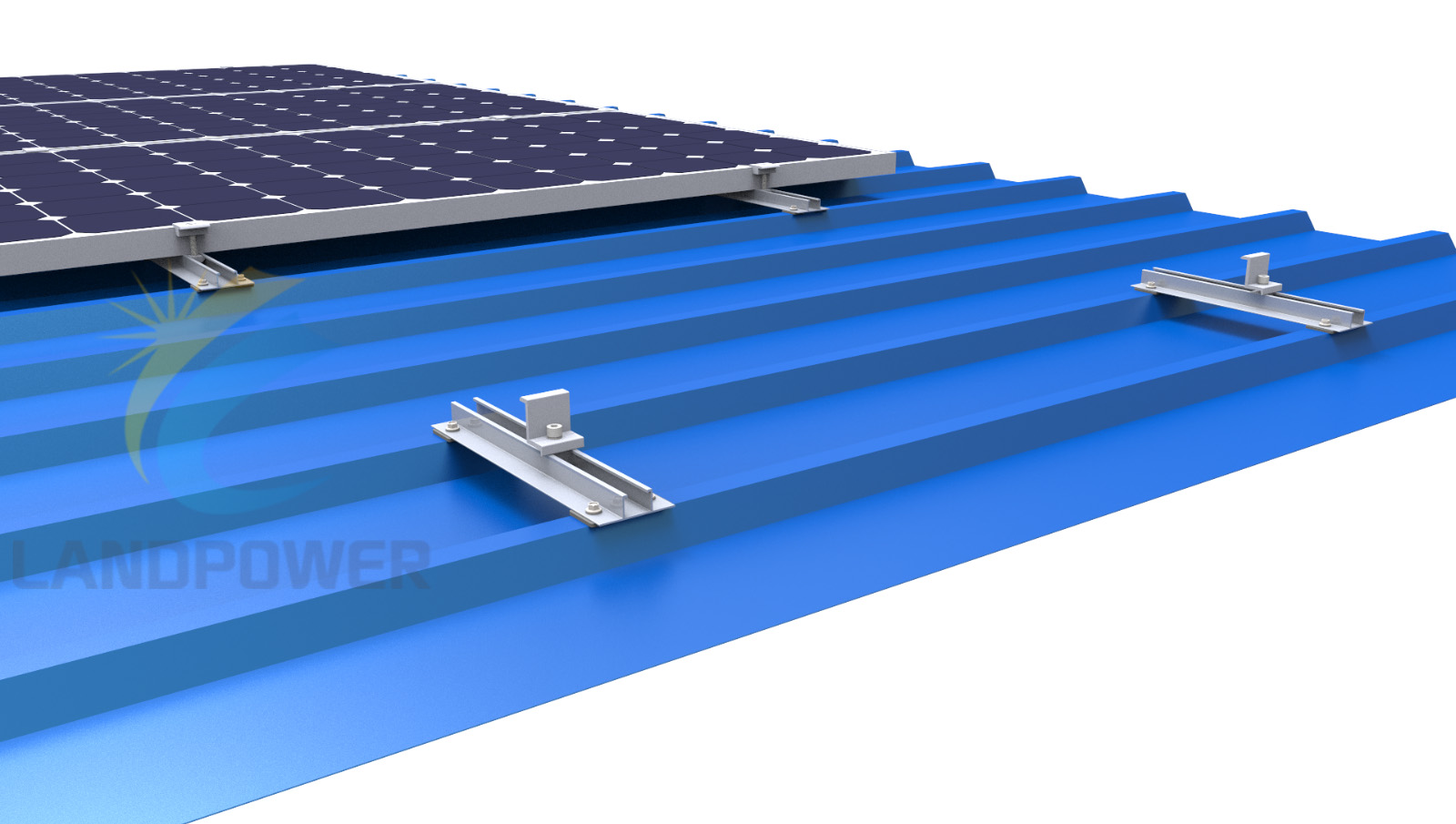
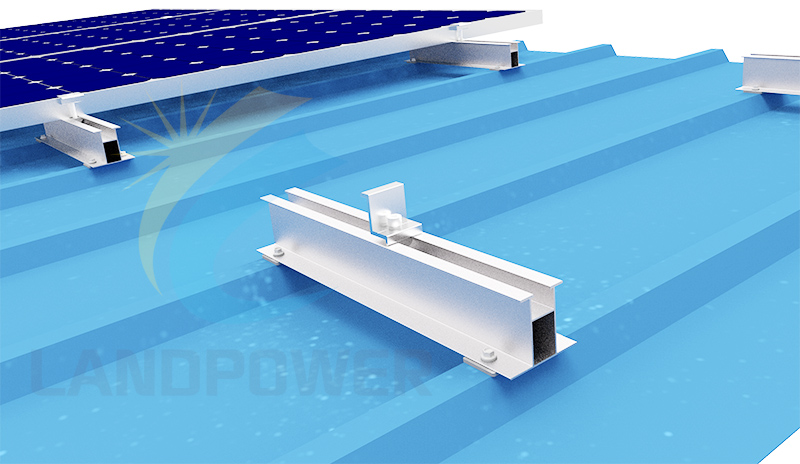
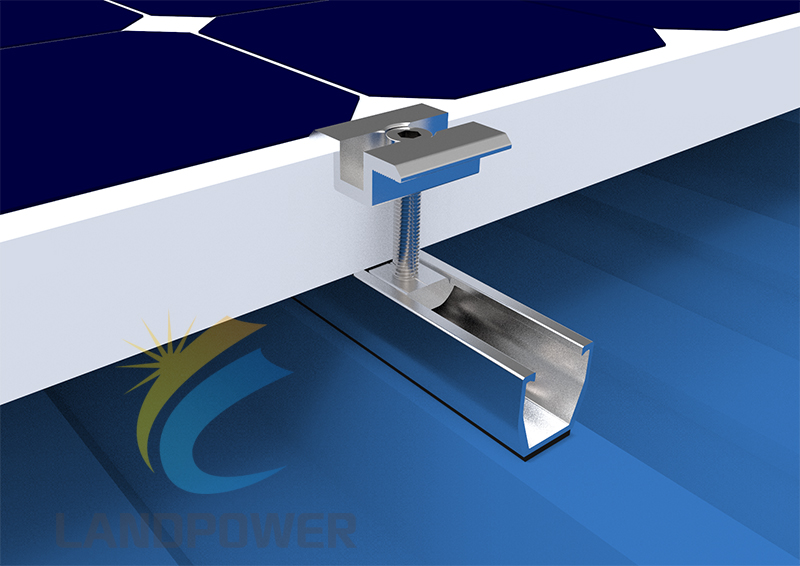
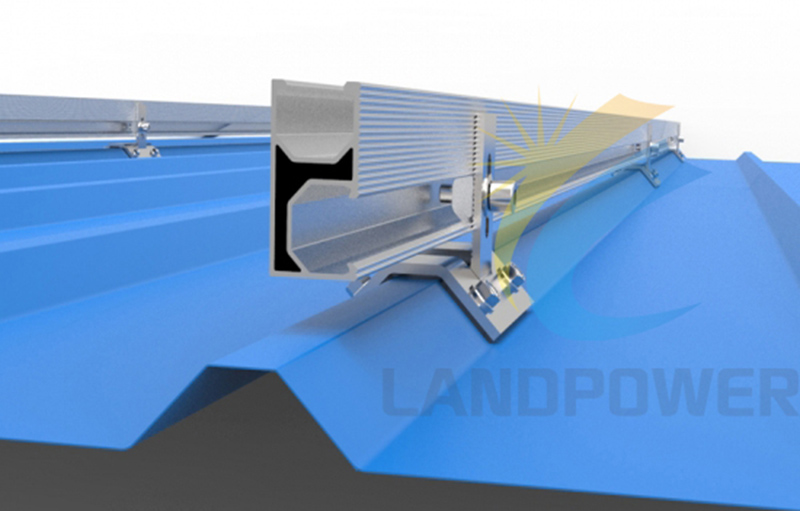
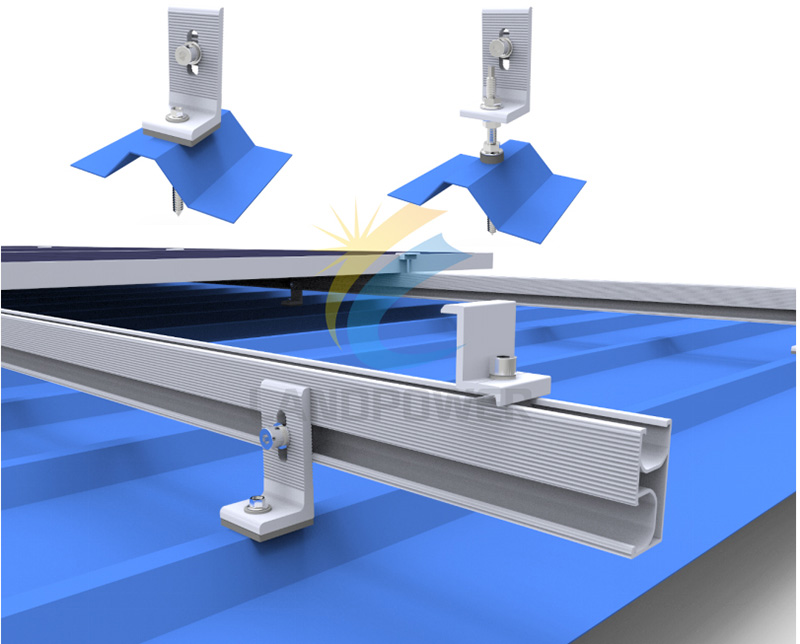
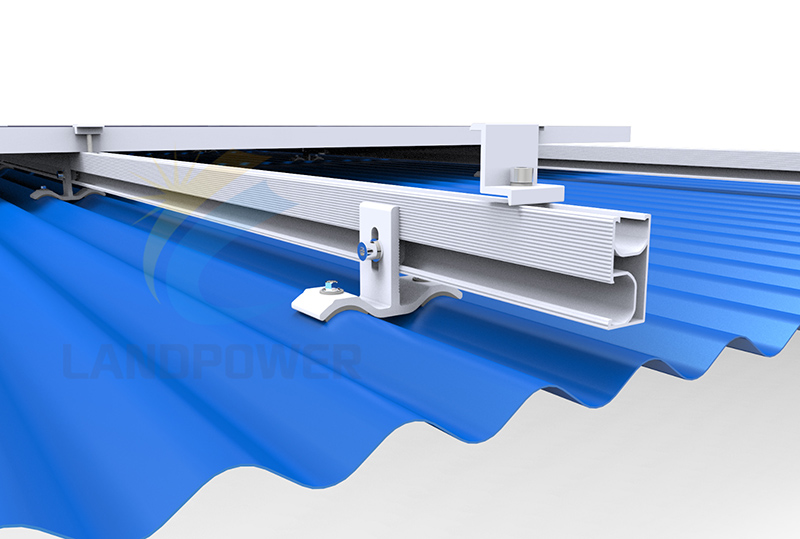
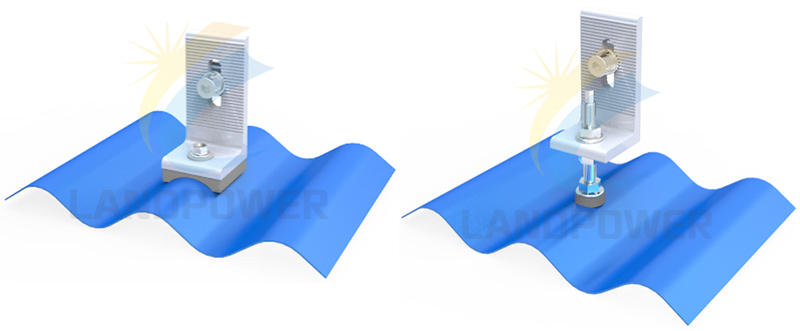
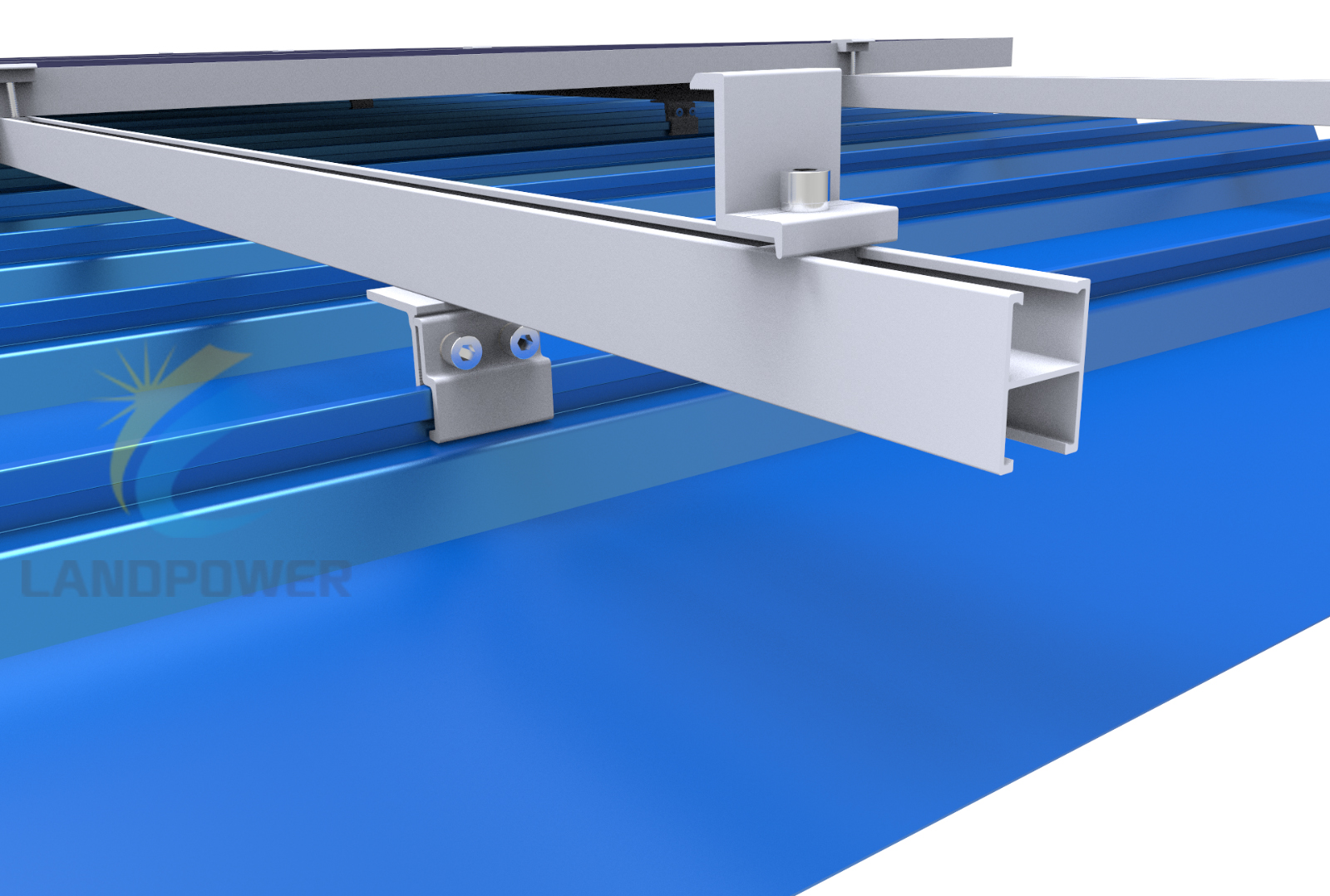

 "There will be some buildup of inventory, and module price declines will be much heavier than they were in 2015 and during the first half of 2016. A slump in global PV demand in 2017 looks increasingly likely, as the United States is expected to suffer a major decline in 2017, following planned significant reductions in the country’s investment tax credit," comments Edurne Zoco, senior manager and principal analyst, IHS Technology.
"There will be some buildup of inventory, and module price declines will be much heavier than they were in 2015 and during the first half of 2016. A slump in global PV demand in 2017 looks increasingly likely, as the United States is expected to suffer a major decline in 2017, following planned significant reductions in the country’s investment tax credit," comments Edurne Zoco, senior manager and principal analyst, IHS Technology.